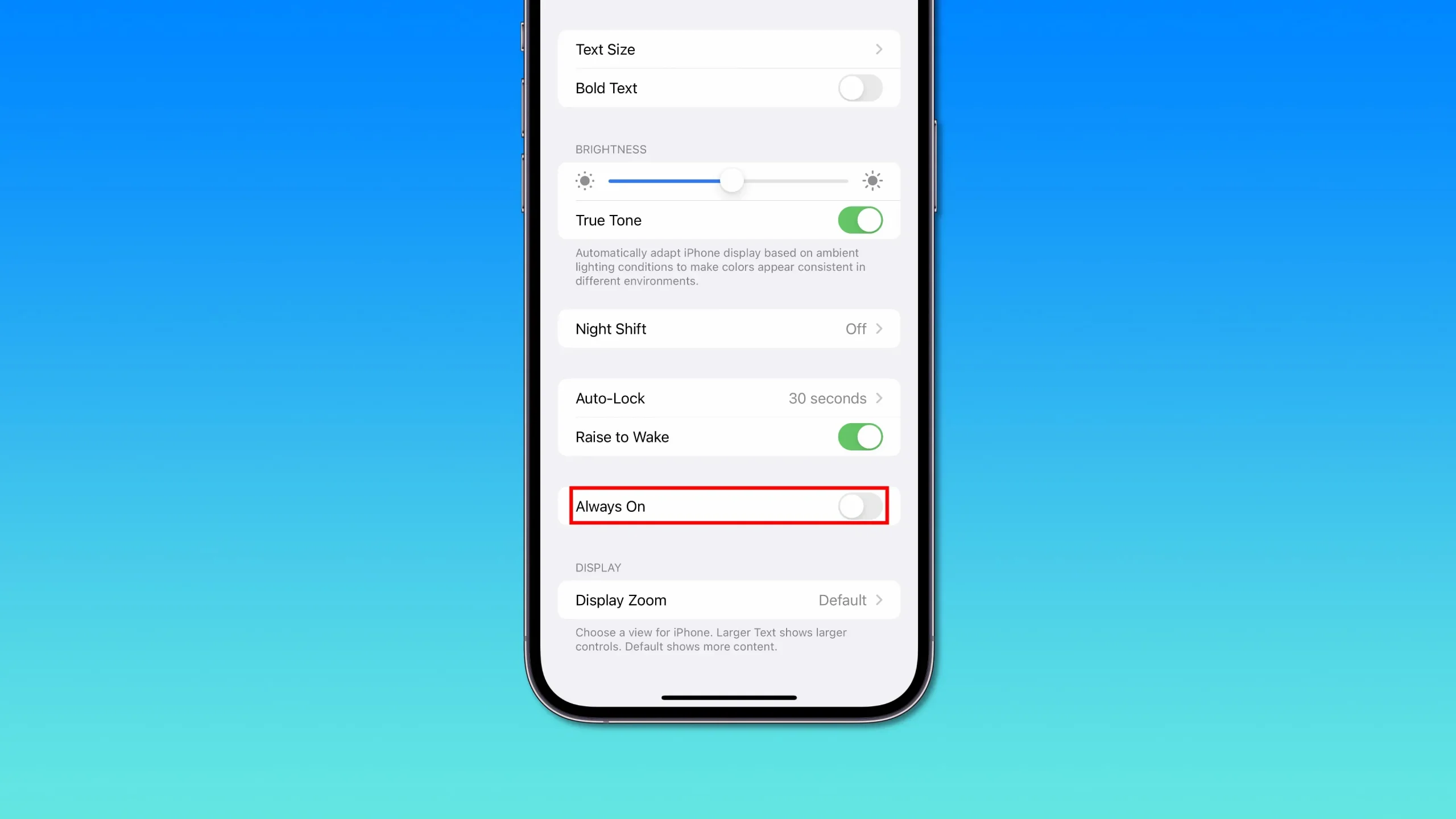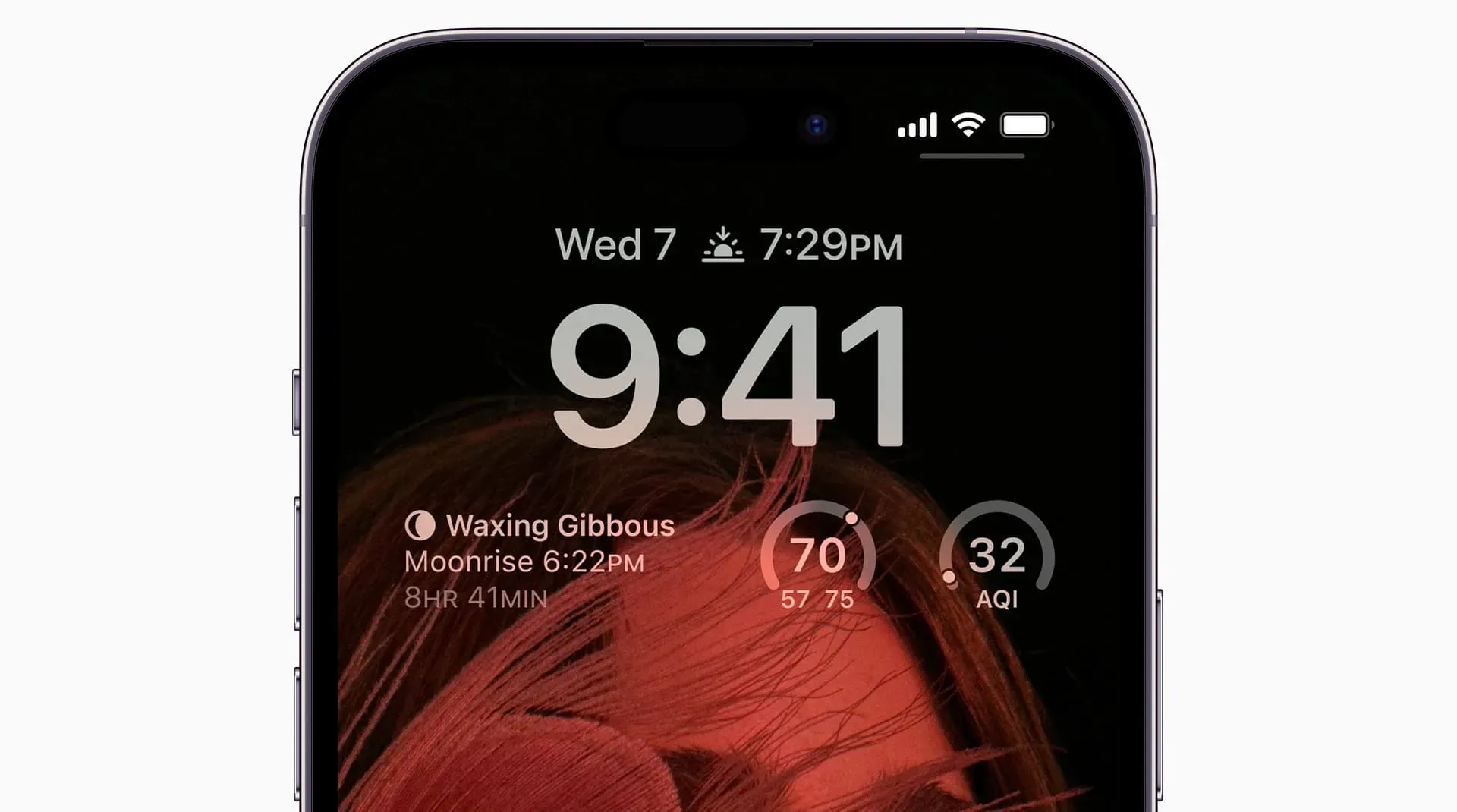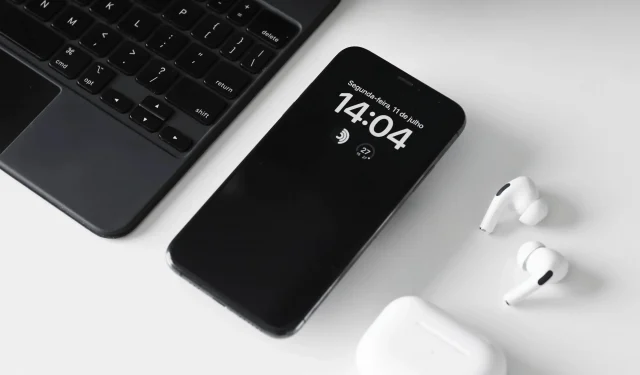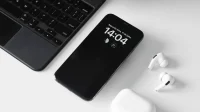Learn how to manage your iPhone 14 Pro always-on display, including how it works, affects battery life, and how to turn it on and off at will.
What is an always-on display? How it works?
An always-on display is a screen that stays on all the time without significantly affecting battery life. On most Android phones, the always-on display usually shows the date and time on a completely black background. Apple’s always-on display does more by intelligently dimming the entire lock screen along with widgets. Read: How to customize the Apple Battery widget on the lock screen
Always-On iPhone Models
If the display dims when you lock your device or leave it idle, your iPhone has an always-on screen. Currently, these models are equipped with always-on screens:
- iphone 14 pro
- iPhone 14 Pro Max
The Apple Watch is the only other Apple device with an always-on display. It is available on all models of Apple Watch Series 5 and above, with the exception of Apple Watch SE. Read: Really Useful Tips to Extend Your iPhone’s Battery Life
How to turn on or off always-on display on iPhone

You can turn the always-on display feature on or off manually by toggling the switch in the display settings on your iPhone.
- Open “Settings”on your iPhone.
- Select “Screen and Brightness”from the root list.
- Turn on “Always on”at the bottom.
This will disable or enable the always-on iPhone feature. The Always On Display option is enabled by default.
When Your iPhone Might Disable Always-On Display
iPhone will temporarily turn off the always-on display feature in the following cases:
1. iPhone lying on your back Putting your iPhone face down temporarily disables phone calls and notifications. On compatible models, this will also turn off the always-on display.
2. iPhone is in your pocket or bag. When the iPhone’s sensors detect that the phone is hidden in a bug or purse, iOS turns off the always-on display.
3. Sleep focus enabled. If sleep focus is active, iOS assumes you’re asleep and turns off the iPhone’s always-on display.
4. Your iPhone has an alarm set. Setting one or more alarms may also turn off the always-on display, depending on other conditions, including your activity patterns.
5. iPhone is connected to CarPlay. When you use your iPhone in a car with CarPlay, you are interacting with the car’s infotainment dashboard, so it makes sense to turn off your phone’s display.
6. When using the Continuity Camera If you are using the Continuity Camera, your iPhone will temporarily turn off the always-on display. Continuity Camera is a feature that lets you use your iPhone’s camera to scan documents or take a photo of something nearby to have it instantly displayed on your Mac.
7. iPhone is in standby mode. If you haven’t used your iPhone for a while, the always-on display will turn off.
8. iPhone is disconnected from Apple Watch. If your iPhone and Apple Watch are no longer within Bluetooth range, the display will turn off completely. iOS will turn the display back on when your Apple Watch reconnects with your iPhone.
Always-on display and battery life

With additional technology and multiple co-processors in its dedicated chips, Apple’s always-on display consumes minimal power.
For example, the company uses a low-temperature polycrystalline oxide display panel that allows iOS to dynamically adjust the refresh rate, which refers to the number of times the display is redrawn per second.
The screens of most smartphones are updated 60 times per second, which is expressed in 60 hertz (Hz). Apple’s always-on display can go from a battery-intensive 120Hz to as little as 1Hz when low power mode is active.
Apple doesn’t specify how much its always-on display impacts iPhone battery life, but our own real-world experience suggests minimal impact.
Apple certainly wouldn’t leave it enabled if it meant a noticeable impact on runtime. However, turning it off may increase battery life.
Do you keep the display always on all the time?
Do you always keep the always-on display on? What do you think of Apple’s approach of dimming the entire screen instead of just showing the date and time like on Android? Do you prefer the Apple implementation over Android, or do you find the iPhone’s screen a little intrusive?
Share your thoughts in the comments below.


